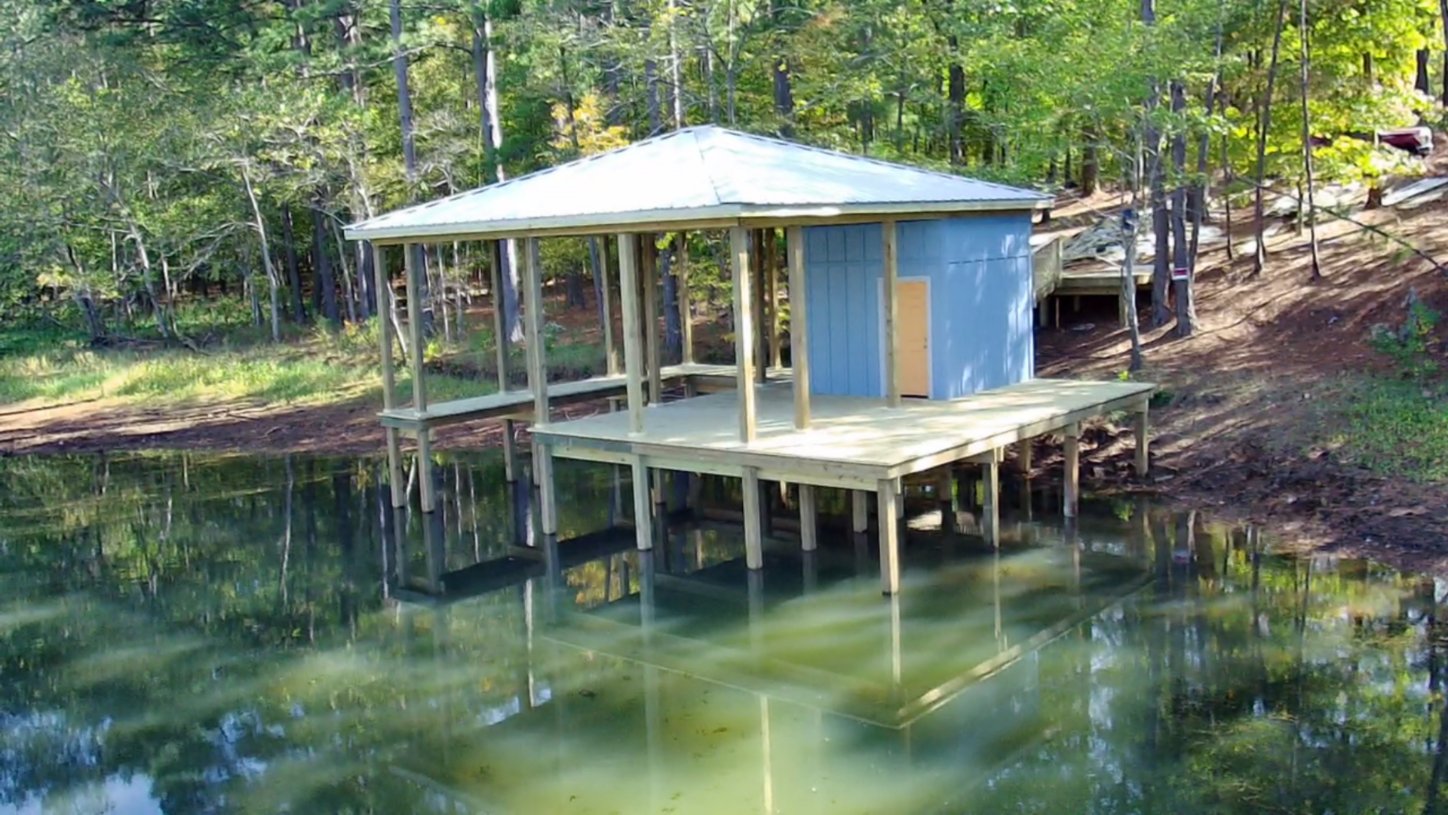
Innovative dock construction techniques are revolutionizing the way waterfront living is experienced, paving the way for a more sustainable and resilient future. With rising sea levels and increasing demands for waterfront properties, traditional dock construction methods are no longer sufficient. However, with the advent of new technologies and techniques, developers and engineers are able to create docks that are not only functional but also aesthetically pleasing and environmentally friendly. Refer: https://texasboathouse.com/docks/.
One of the most exciting advancements in dock construction is the use of composite materials. These materials, which are a combination of plastic and wood fibers, offer a more durable and low-maintenance alternative to traditional wood docks. Composite materials are resistant to rot, decay, and insect damage, making them ideal for waterfront applications. In addition, these materials can be molded into a variety of shapes and sizes, allowing for more flexibility in design. This innovation has enabled designers to create sleek and modern docks that enhance the beauty of the waterfront while also being highly functional.
Another innovative technique in dock construction is the use of floating docks. Floating docks are designed to rise and fall with the water level, providing a stable platform for boats and watercraft. This technology is particularly useful in areas with fluctuating water levels or where traditional fixed docks are not feasible. Floating docks can also be easily reconfigured or moved to accommodate changing needs, making them a versatile option for waterfront properties. Additionally, floating docks have a smaller environmental footprint compared to traditional fixed docks, as they do not require extensive dredging or disruption of the shoreline.
Modular dock systems are also changing the game in waterfront construction. These systems consist of pre-fabricated components that can be easily assembled on-site, reducing construction time and costs. Modular docks are highly customizable, allowing for a variety of configurations to suit different waterfront properties. In addition, these systems are structurally sound and can withstand the rigors of waterfront environments. Modular dock systems are also easy to maintain and can be quickly repaired or replaced if needed, ensuring long-term durability and functionality.
Green infrastructure is another key aspect of innovative dock construction techniques. Green infrastructure focuses on using natural materials and design principles to create sustainable and resilient waterfront structures. This can include features such as green roofs, rain gardens, and permeable surfaces that help manage stormwater runoff and reduce erosion. By incorporating green infrastructure into dock construction, developers can create environmentally friendly and visually appealing waterfront properties that enhance the overall ecosystem of the area.
Advanced construction methods, such as helical pile foundations, are also being used to create more durable and resilient docks. Helical piles are screw-like anchors that are driven into the ground to provide a stable foundation for the dock structure. These piles are able to withstand high loads and are resistant to movement caused by changing water levels or soil conditions. By using helical pile foundations, engineers can ensure that docks are built to last and can withstand the challenges of a waterfront environment.
In conclusion, innovative dock construction techniques are transforming the way waterfront living is experienced, offering a more sustainable and resilient future for coastal communities. From the use of composite materials and floating docks to modular systems and green infrastructure, developers and engineers are pushing the boundaries of traditional dock construction to create cutting-edge waterfront properties. By embracing these advancements, waterfront communities can enjoy not only the beauty of the water but also the peace of mind that comes with knowing their docks are built to last.